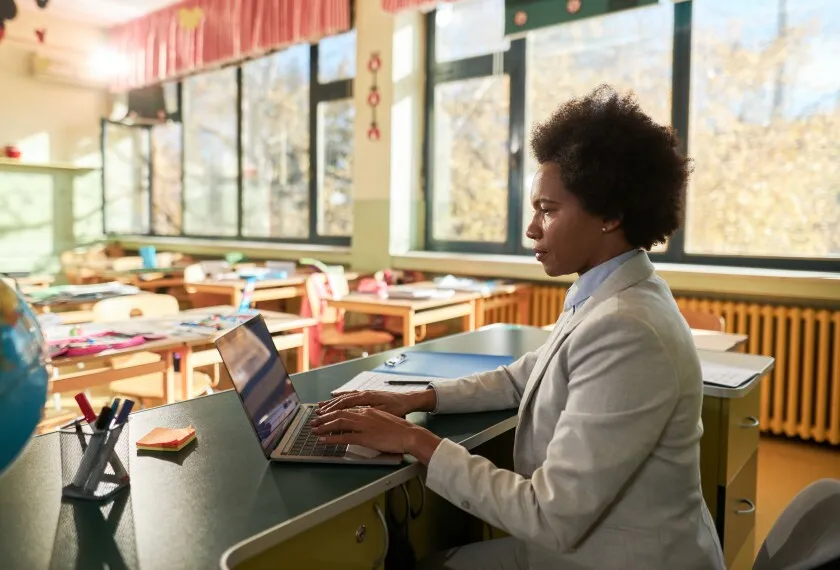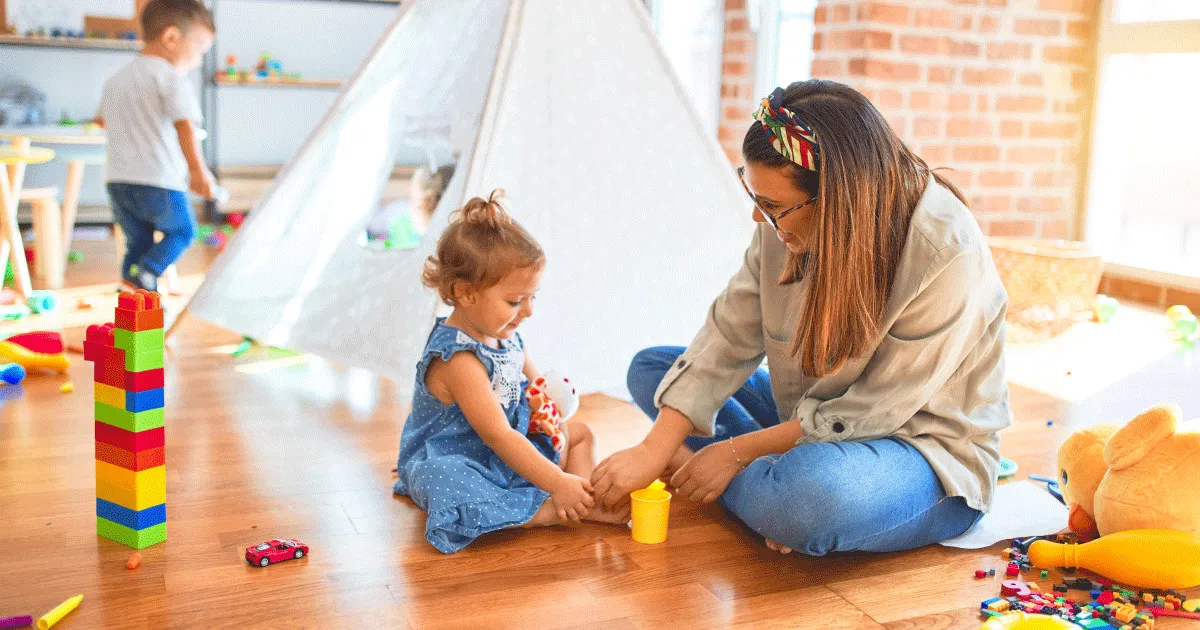
77.32% of parents see better grades in 3 months!
You’ve got a kid who’s absolutely obsessed with space.
Parents try to get them interested in reading by handing them a standard book about adventures on Earth.
Not surprisingly, the book ends up gathering dust. But if parents tailor their child’s reading material to be about space adventures, complete with astronauts and alien worlds, suddenly, they’re hooked.
The same idea applies to crafting a content strategy for their learning—make it personal, make it engaging, and make it fit their unique interests.
This is where the magic of planning for personalization comes in.
It’s all about designing a learning experience that speaks directly to your child’s passions and interests.
By tapping into what excites and motivates your child, parents aren’t just sprinkling a little fun into their learning, they’re crafting a personalized experience that makes education an engaging experience.
So, get ready to transform your child’s education into something they’ll not only tolerate but actually look forward to!
Let’s dive into how you can create a dynamic, personalized content strategy that makes learning as fun as their favorite hobby.
But First, Let’s Understand the Importance of Personalization

Why is personalization so crucial?
Imagine trying to get your child excited about reading by handing them a book that doesn’t align with their interests.
It’s like trying to make them enjoy a meal they dislike.
Personalization works the same way—it ensures that the content and activities you use resonate with your child, making learning a lot more engaging and effective.
When planning for personalization, think about it as crafting a learning experience that’s as unique as your child.
If your child is fascinated by outer space, integrating space-themed activities and materials into their learning can spark their interest and make studying a lot more exciting.
With that being said, let’s understand what steps are involved in creating an effective content strategy that will help parents keep their children hooked!
Also Read: Creating Personalized Learning Plans for K-12 Students
Steps to Ace Planning for Personalization
Whether your child dreams of exploring space or loves making art, we’ll help parents make learning fit their interests.
Get ready to create a personalized learning experience where each lesson feels like a new chapter!
And if you’re looking for more ways to take your personalized learning game to the next level, check out MentorMatch where expert tutors help you find the perfect educational tools and resources.
Know Your Child: The First Step in Personalization
The first step in crafting your content strategy is to truly understand your child.
What are their interests?
How do they learn best?
Are they visual learners who benefit from charts and diagrams, or do they prefer hands-on activities?
For example, if a child loves dinosaurs, parents can create a personalized content plan that incorporates dinosaur-themed learning activities.
They could use dinosaur toys for math counting exercises, or read books about dinosaurs to enhance their reading skills.
By aligning the content with their interests, parents can make learning more appealing and relevant.
Setting Clear Learning Goals
Once parents have got a grasp on their child’s preferences and learning style, it’s time to set clear, achievable goals.
These goals should be specific and tailored to what they want their child to achieve.
For instance, if your goal is to improve your child’s reading comprehension, you might set a target like “Improve reading comprehension by 20% over the next three months.”
Setting clear goals helps children stay focused and parents get to measure progress effectively.
Designing Engaging and Personalized Content
With your goals in mind, start designing content that speaks directly to your child’s interests and needs.
This is where creativity comes into play.
The content should not only be educational but also engaging and fun.
Let’s say your child is fascinated by the ocean.
You could plan a series of activities like creating a marine life scrapbook, conducting simple science experiments about water, or even planning a family trip to an aquarium.
By making the learning experience fun and interactive, parents can keep their child motivated and involved.
Remember, planning for personalization means turning your child's interests into an excitement.
The more creative and tailored parents get, the more their child will look forward to each lesson!
Using Technology to Enhance Planning for Personalization
Technology can be a great ally in planning for personalization.
There are numerous educational apps and online resources that can be tailored to your child’s interests and learning style.
For example, if your child is a visual learner, you can use apps that offer interactive diagrams and videos.
If they prefer hands-on learning, look for apps that provide virtual experiments or creative projects.
Technology allows parents to customize the learning experience even further and adapt it as their child grows and changes.
Also Read: Benefits and Examples of Advanced Personalized Learning With AI
The Role of Feedback and Adjustment
A crucial part of personalization is being open to feedback and making adjustments as needed.
Regularly check in with your child to see how they’re responding to the content.
Are they enjoying it?
Are they finding it too challenging or too easy?
For example, if your child is getting bored with a particular type of activity, it might be time to switch things up.
Maybe they’ve outgrown their interest in dinosaurs and are now more interested in outer space.
Adjust your content plan accordingly to keep their enthusiasm alive.
Creating a Routine with a Personal Touch
Incorporating personalized content into a regular routine can help boost learning and make it a natural part of your child’s day.
Create a daily or weekly schedule that includes time for personalized activities.
For instance, set aside specific times for reading, math games, and creative projects based on your child’s interests.
This helps establish a routine while ensuring that the content remains relevant and engaging.
Making Learning Fun with Interactive Activities

Interactive activities are a fantastic way to keep your child engaged and make learning more enjoyable.
Incorporate games, challenges, and hands-on projects that align with their interests.
If your child loves art, for example, parents could plan a series of art-based learning activities that cover various subjects.
Create a “science art” project where they draw and label different parts of a plant, or a “history art” project where they create a timeline of historical events.
This approach not only makes learning fun but also helps reinforce the material.
Celebrating Progress and Success
Celebrating your child’s progress can be a great motivator and helps them see the value in their efforts.
Recognize their achievements, no matter how small, and celebrate them in a way that’s meaningful to them.
If your child reaches a learning milestone, such as completing a challenging project or mastering a new skill, celebrate it with a special treat or a fun family activity.
This positive reinforcement encourages them to keep working towards their goals and makes learning a rewarding experience.
Staying Flexible and Adapting to Change
Children’s interests and needs can change rapidly, so it’s important to stay flexible and adapt your content strategy as needed.
Regularly reassess your approach and make adjustments based on your child’s evolving interests and learning style.
For example, if your child’s interest shifts from dinosaurs to robotics, update your content plan to include robotics-themed activities.
By staying flexible and responsive, parents can ensure that their personalized content remains relevant and engaging.
Wrapping It Up
So there you have it!
By diving into planning for personalization, parents can turn their child’s favorite hobbies into learning opportunities by using technology to keep things fresh and transform education!
Remember, each lesson parents create is a chance to spark their child’s interest and make learning something they look forward to.
And parents, if you ever need more tips or tools to make the most of this personalized approach, MentorMatch has your back.
They’ve got a fantastic team of experts who can help you design the perfect learning experience tailored just for your child.
Happy teaching, and here’s to making learning a blast for your child!



.png)
.webp)
.webp)